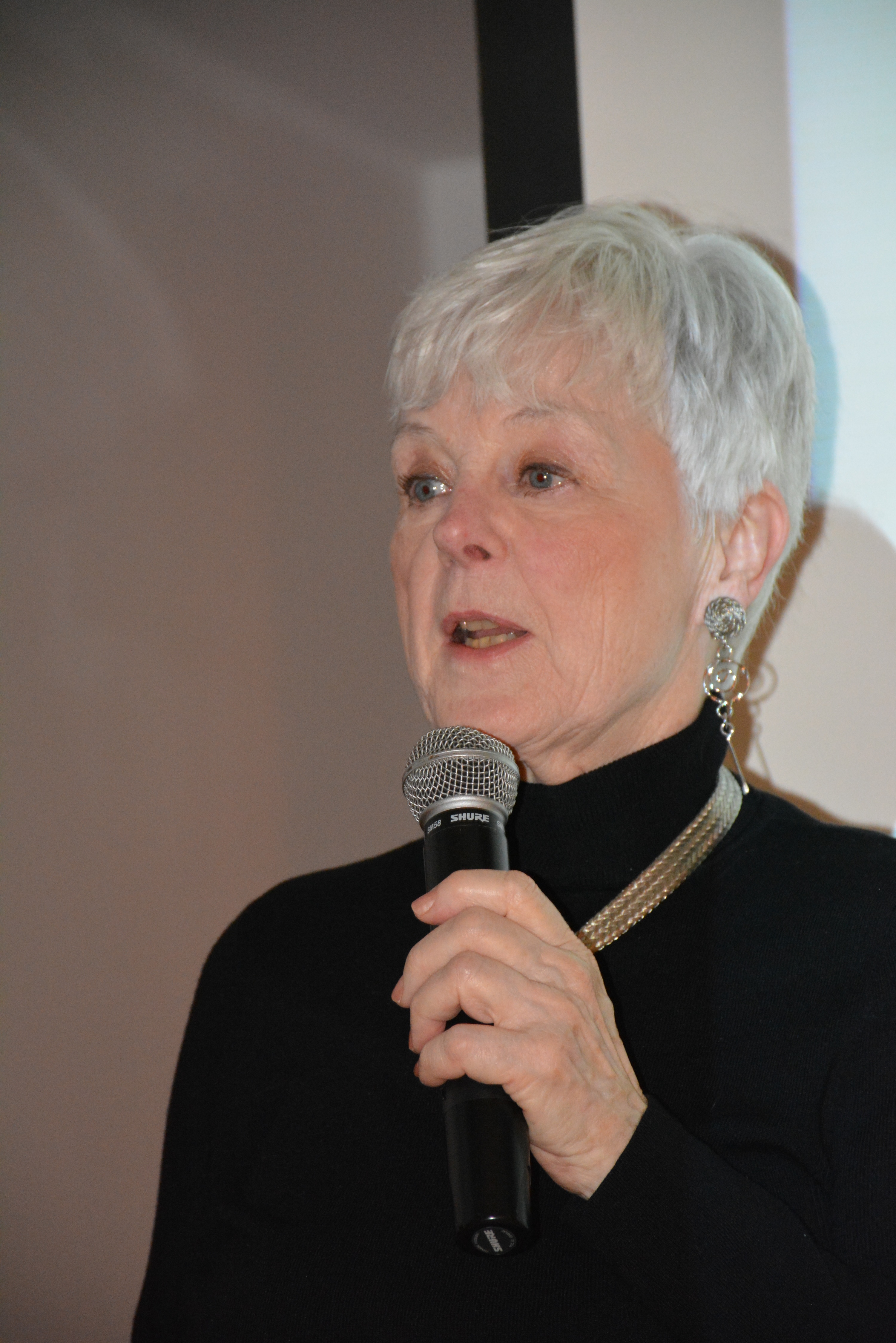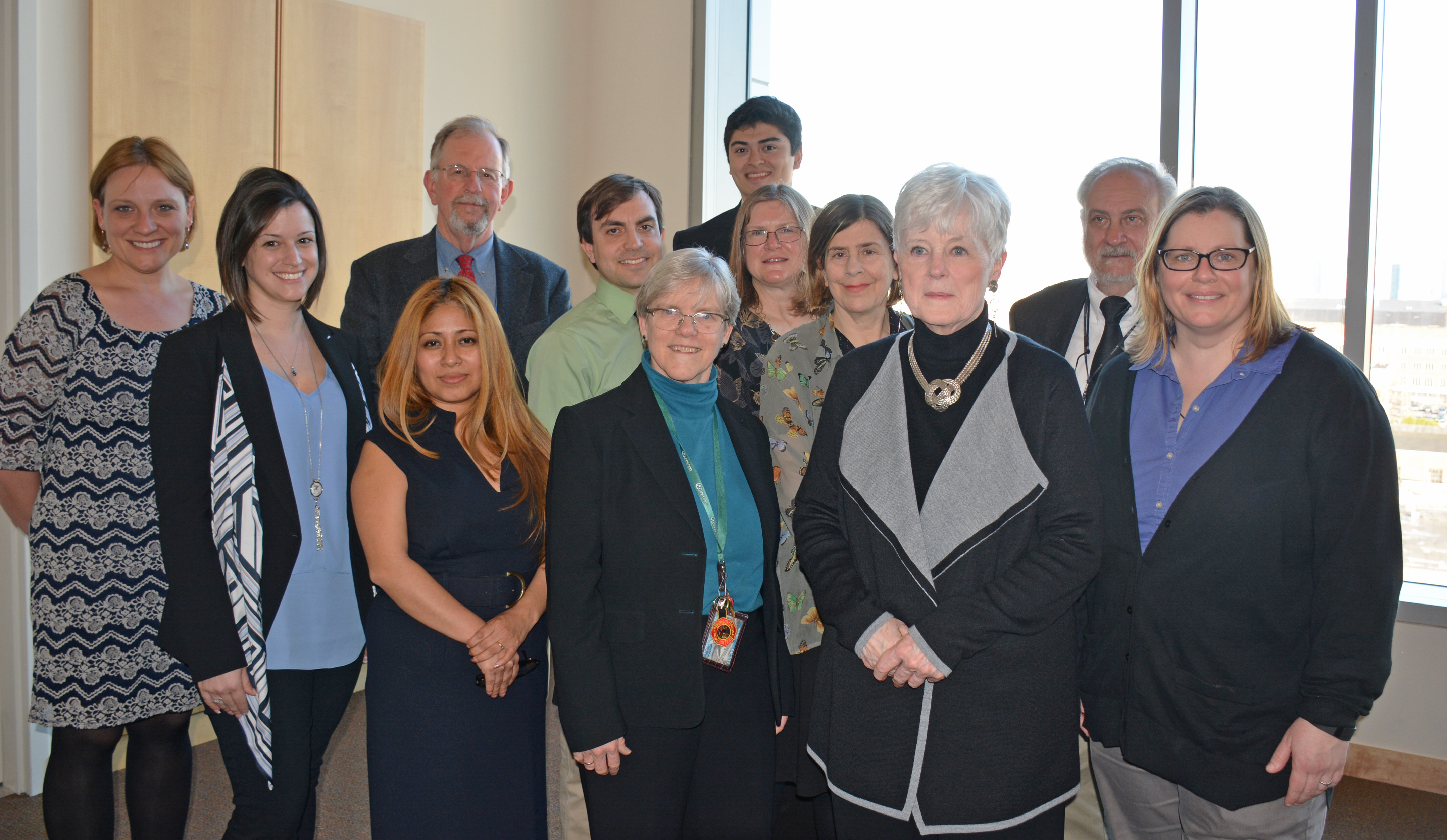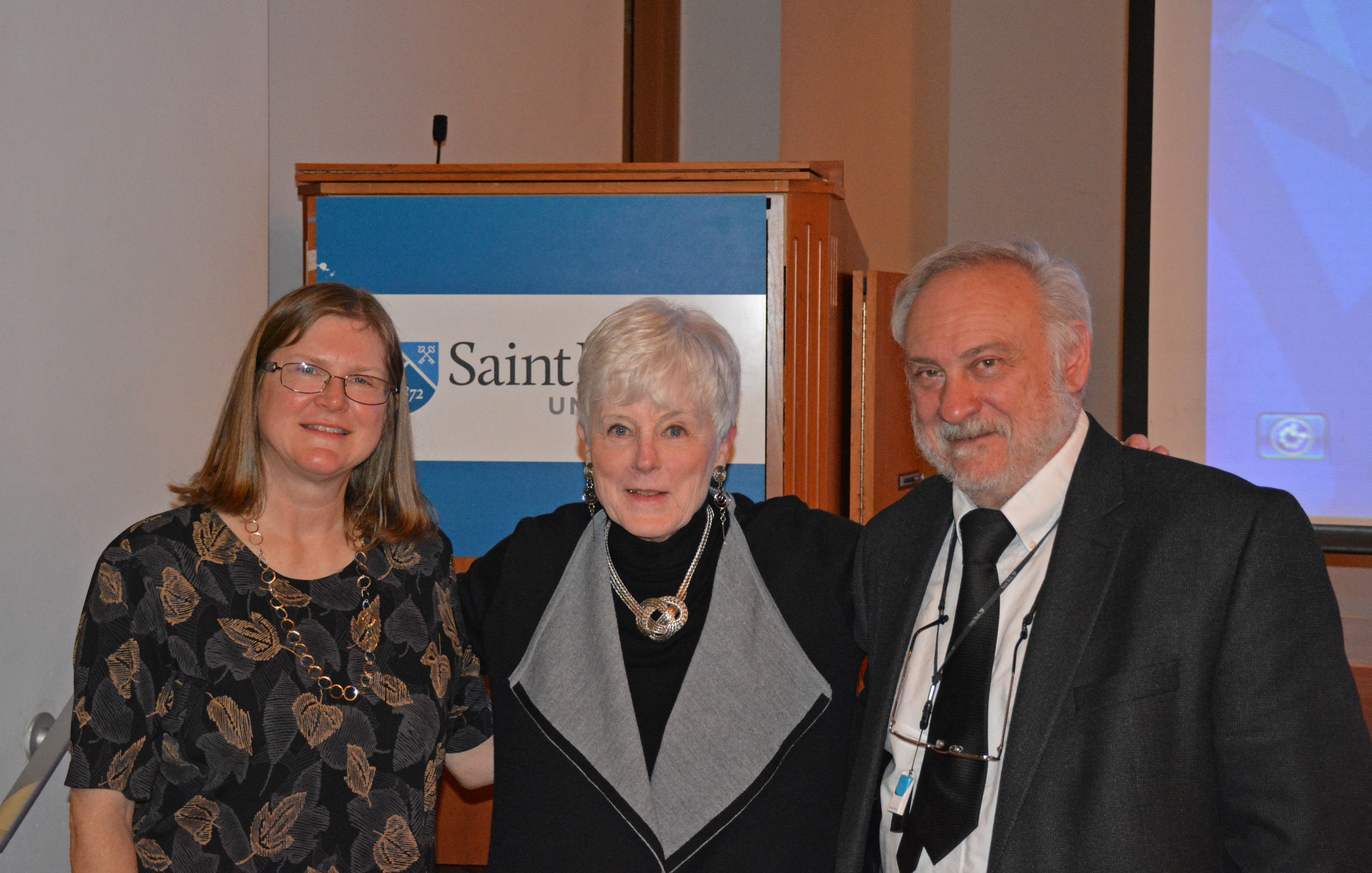 Alice Lazzarini, Ph.D., dedicated her life to the study of debilitating neurological disorders such as Huntington’s disease and Parkinson’s disease. In 1996, Dr. Lazzarini was part of the team at Rutgers Robert Wood Johnson Medical School that revolutionized Parkinson’s research. They identified the location of the first Parkinson’s disease gene mutation, named PARK1 on chromosome #4. The team wrote a paper on their finding and it was subsequently accepted by Science magazine and made international headlines. Their discovery changed the research paradigm regarding the disease causation and the current treatment perspectives.
Alice Lazzarini, Ph.D., dedicated her life to the study of debilitating neurological disorders such as Huntington’s disease and Parkinson’s disease. In 1996, Dr. Lazzarini was part of the team at Rutgers Robert Wood Johnson Medical School that revolutionized Parkinson’s research. They identified the location of the first Parkinson’s disease gene mutation, named PARK1 on chromosome #4. The team wrote a paper on their finding and it was subsequently accepted by Science magazine and made international headlines. Their discovery changed the research paradigm regarding the disease causation and the current treatment perspectives.
Eight years later, Dr. Lazzarini was taking a walk when she caught a glimpse of her shadow on the ground and noticed that one of her arms was swinging while the other was not. Given her extensive research on the subject, she knew immediately that this was an early indicator of Parkinson’s disease.
Dr. Lazzarini came to Saint Peter’s University on April 14 to share her unique and commendable story for the 65th annual Mendel Lecture. The Mendel Lecture is the longest running lecture series in the University’s history and features distinguished speakers in science. This year’s event was co-sponsored by the biology department, the department of applied science and technology and the Mendel Society of Saint Peter’s University.
 The title of Dr. Lazzarini’s lecture was, “Parkinson Disease: A View from Both Sides of the White Coat.” Students from the biology program and the applied science and technology program filled Pope Lecture Hall to hear from Dr. Lazzarini regarding the excitement she experienced as a researcher of Parkinson’s disease and the identity crisis she simultaneously suffered as a Parkinson’s patient.
The title of Dr. Lazzarini’s lecture was, “Parkinson Disease: A View from Both Sides of the White Coat.” Students from the biology program and the applied science and technology program filled Pope Lecture Hall to hear from Dr. Lazzarini regarding the excitement she experienced as a researcher of Parkinson’s disease and the identity crisis she simultaneously suffered as a Parkinson’s patient.
The beginning of her journey from a researcher to a patient began before she was diagnosed, but she believed in her own mind that she was affected by the disease. During this time in her life she was in London working for a pharmaceutical company that was developing a drug to treat Parkinson’s disease. She was chairing an advisory board meeting with an audience full of Parkinson’s specialists and was incredibly conscious of her symptoms.
“Once I knew in my own mind that I had the disease, all I could do was wonder if my audience was aware of my condition,” she said. “I was sure that they would no longer see me as a professional, but as a patient. I didn’t reach acceptance until I finally realized that I am both.”
As a researcher, Dr. Lazzarini’s team discovered the Parkinson’s disease gene location through a clinical genetic analysis of the Contursi kindred, a family originating from Italy with the highest prevalence of Parkinson’s disease to date. The team was able to collect DNA from 10 members of the family, which enabled them to identify the gene mutation that caused the disease.
Over her career, Dr. Lazzarini has authored many scientific publications and received many grants and awards. She currently serves as a clinical assistant professor in the Department of Neurology at Rutgers Robert Wood Johnson Medical School. She devotes herself to writing, speaking, advocating and volunteering with the American Parkinson Disease Association. She also has a blog and recently published a book, Both Sides Now: A Journey from Researcher to Patient.
The audience was inspired by her story of how her life’s work enables her to handle her condition. “My excitement about the science behind Parkinson’s and my research in this field helps me to cope with living with the disease,” she said.
